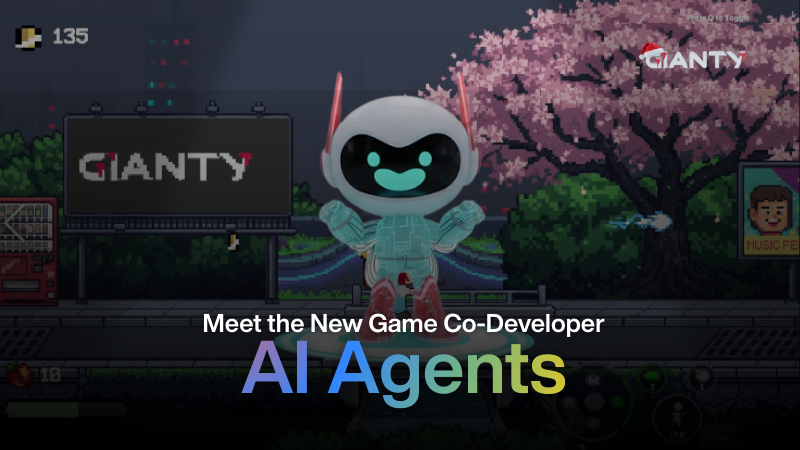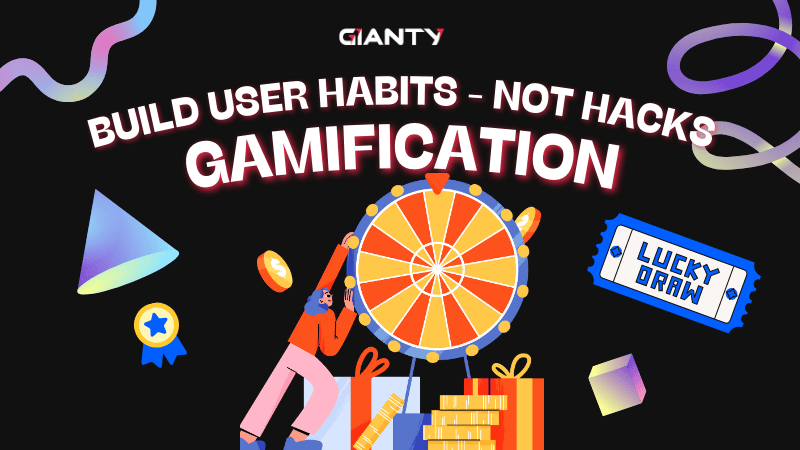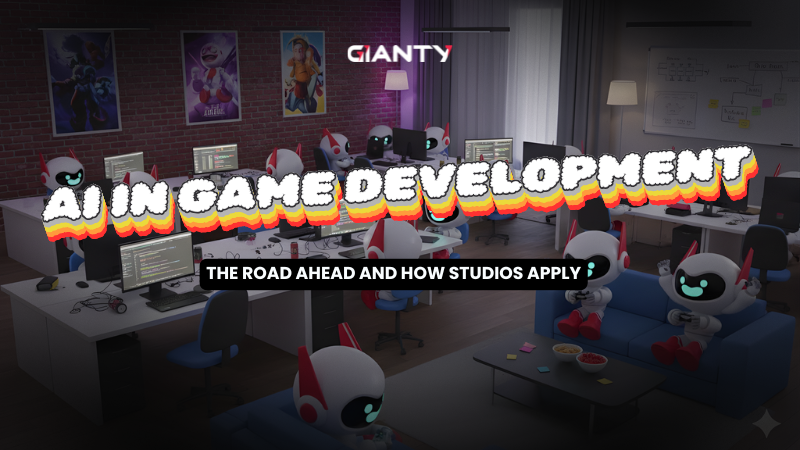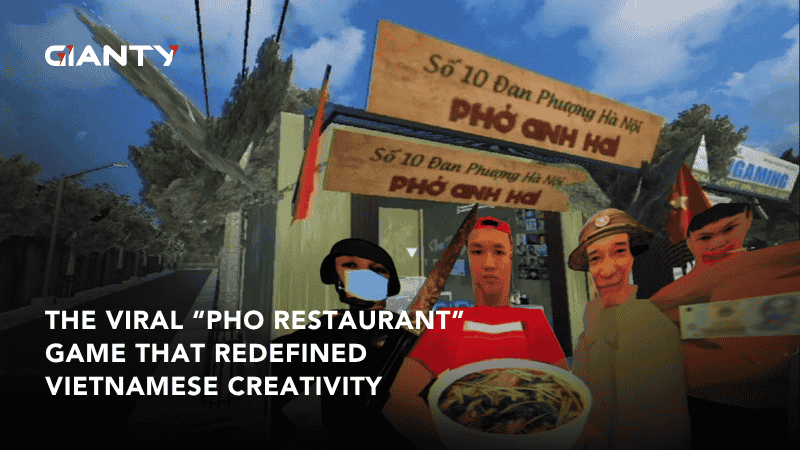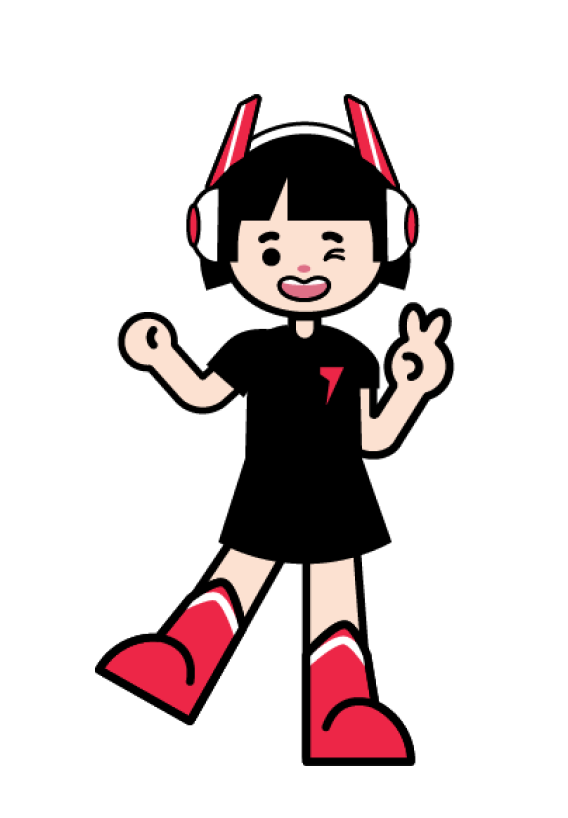What if one of the biggest gaming stories of 2025 didn’t come from a billion-dollar publisher, but from an indie studio that almost gave up? That’s R.E.P.O.
No global launch campaign. No franchise. No cinematic trailers.
Just a deeply weird, strangely funny, and tightly designed experience, and it’s blowing up for all the right reasons. How did that happen? Let’s unpack how R.E.P.O. game went from a quiet release to an indie sensation – and what it teaches us about the future of gaming.
Summary
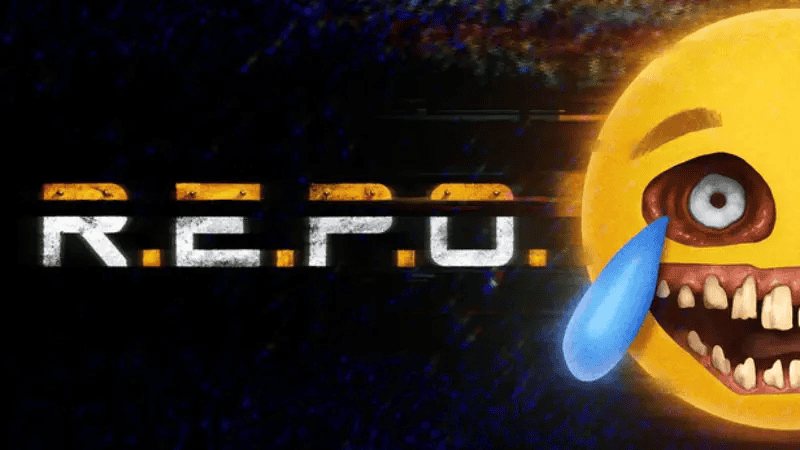
- R.E.P.O. is a co-op horror game blending physics chaos and strategic teamwork, inspired by Lethal Company but uniquely its own.
- Launched by Semiwork, R.E.P.O. has exploded on Steam with 250K+ reviews and an “Overwhelmingly Positive” rating.
- Unlike other clones, R.E.P.O. shines with unpredictable monster behavior, gravity-based tools, and viral co-op moments.
What Is R.E.P.O.?
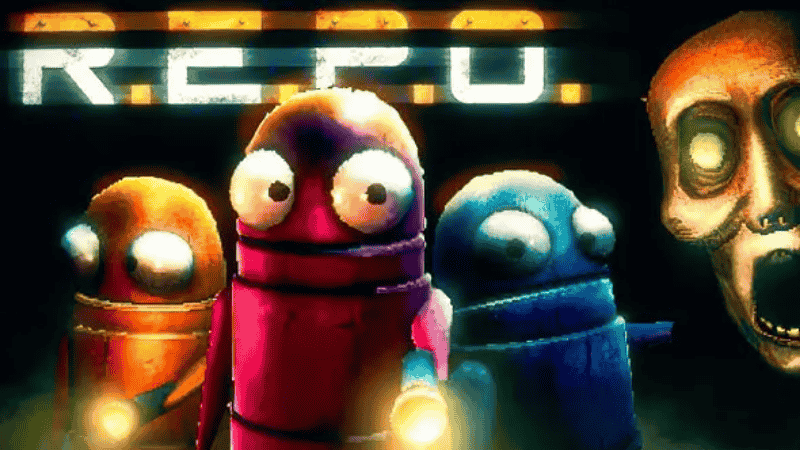
Developed by Swedish studio Semiwork, R.E.P.O. (Retrieve, Extract, and Profit Operation) is a co-op survival horror game that blends physics-based mechanics, proximity voice chat, and dark comedic tension.
Released in Early Access in early 2025, it lets up to six players team up to retrieve strange artifacts scattered across procedurally generated maps while being hunted by terrifying monsters.
Let’s see R.E.P.O game official trailer:
The game’s chaotic co-op mechanics and unpredictable physics interactions lead to constant moments of laughter, panic, and teamwork under pressure. Players must communicate through proximity chat, which amplifies immersion and often results in hilarious in-game disasters.
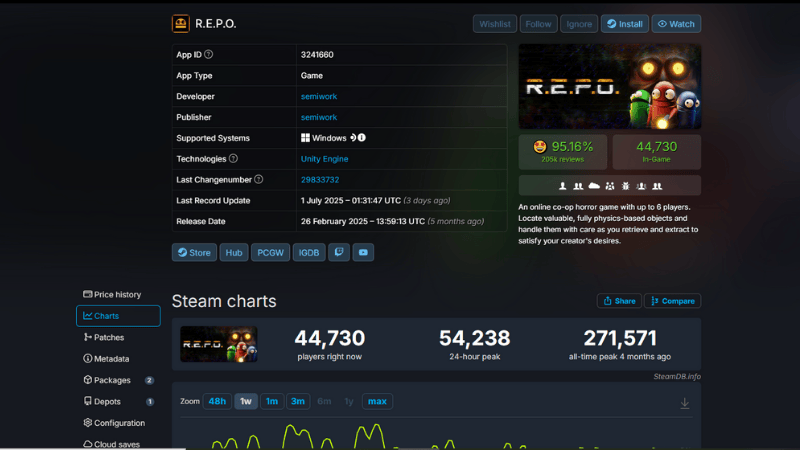
Thanks to this unique combination of gameplay elements, R.E.P.O. quickly became a massive hit on Steam. It holds an “Overwhelmingly Positive” rating with over 250,000 reviews on Steam, the game consistently maintains ~40,000 active players daily, cementing its place as one of the most successful titles from indie developers of the year.
The Game That Wasn’t Meant to Win
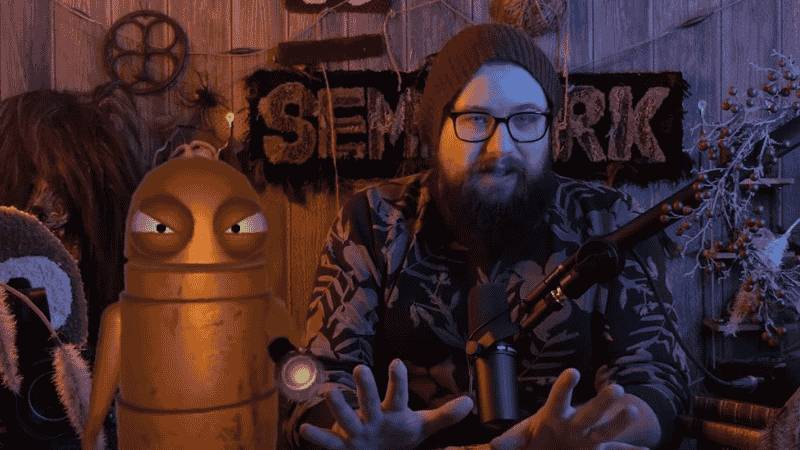
When R.E.P.O. launched, even its creators didn’t expect much. After their previous title, Voidigo earned praise but underperformed commercially, Swedish studio Semiwork approached their next project with caution and low expectations.
With funds running low, the team decided to build something fast, fun, and different. The tension was there, but the gameplay lacked momentum and replayability. That’s when the concept shifted toward co-op, and everything began to click.
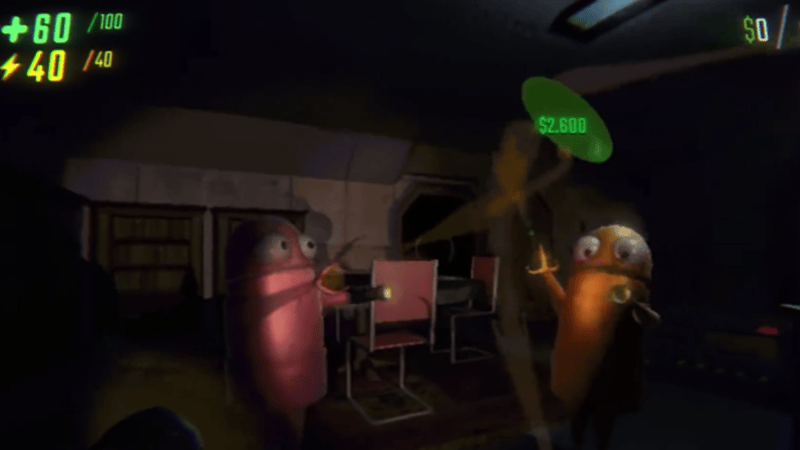
The vision: a co-op survival horror experience where players act as futuristic debt collectors extracting “valuable assets” from derelict, monster-infested industrial zones. This lean, clear concept became the core of R.E.P.O..
Rather than expanding the scope, the team zoomed in on mood, cooperation, chaos, and replayability. And in doing so, they found a formula that made a “big hit”!
How an Indie Co-Op Horror Game Shook Steam to Its Core?
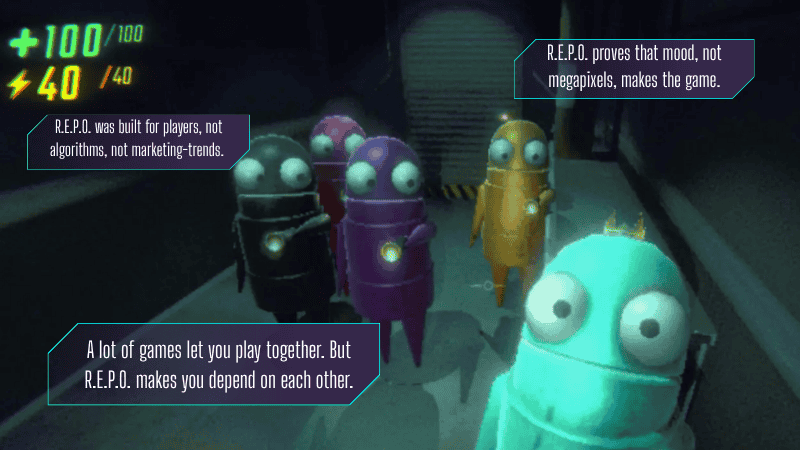
Why did R.E.P.O. succeed? It didn’t have flashy graphics. It didn’t have a franchise name. Here’s why it worked.
Co-op That’s Actually Co-op
A lot of games let you play together. But R.E.P.O. makes you depend on each other.
You’re not just running around with friends, you’re carrying fragile loot through narrow halls while someone keeps watch, someone else yells directions, and another panics because the flashlight battery is dying. It’s pure chaos, but the kind you can’t stop laughing about.
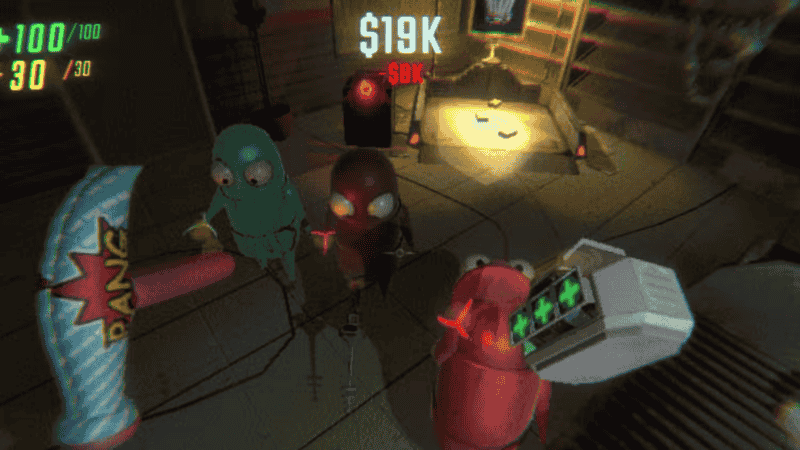
And the best part? Even when you mess up, when someone drops the statue, triggers an alarm, or gets left behind, it doesn’t feel like failure. It feels like a story worth remembering.
The Gravity Gun – Creative weapon
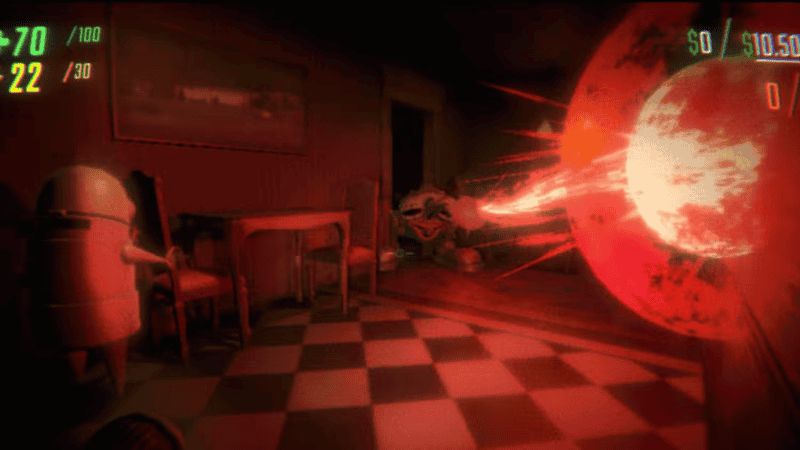
You don’t just pick things up, you wrestle with them. You misjudge a hallway. You get stuck in a doorway. You drop something valuable right as the monster appears. This tool becomes a test of patience, precision, and pressure. It’s not just about physics—it’s about what you’re willing to risk to finish the job.
The Monsters Don’t Just Jump Out
The creatures in R.E.P.O. aren’t here for cheap scares. They wait. They watch. They react. Some go after light. Others respond to sound. Some just stand there, staring. That’s worse.
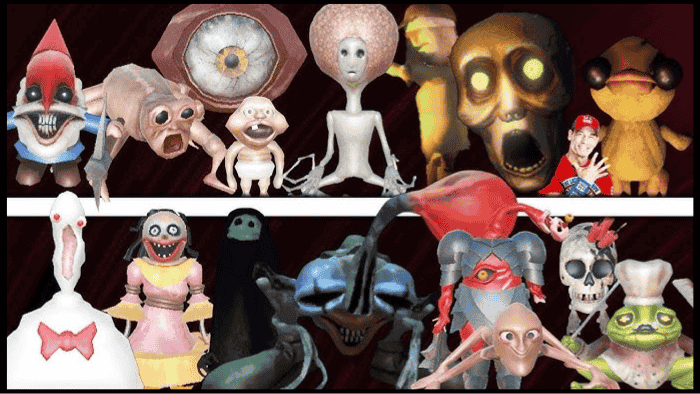
You don’t always know what they’ll do, and that’s what makes them terrifying. It’s not just survival, it’s learning how the world works, and hoping the next update doesn’t change the rules.
Simple Visuals. Big Atmosphere.
In an era where most games try to wow players with high-end graphics and cinematic effects, R.E.P.O. goes the other way. R.E.P.O. proves that mood, not megapixels, makes the game.
It leans into minimalist visual design: slightly blurred textures, desaturated tones, and shadowy lighting to build a world that feels claustrophobic, abandoned, and eerie. This stripped-back style isn’t a limitation but a strength. It keeps players focused on what matters: the gameplay, the tension, and the moment-to-moment decision-making.
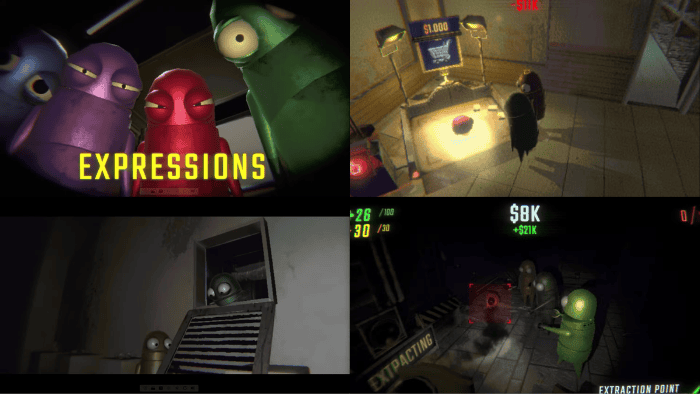
And there’s another upside: R.E.P.O. doesn’t demand high specs. It runs smoothly on mid-range machines, making it highly accessible for players worldwide, especially younger audiences or casual PC gamers.
As we can see, art with the right “vibe” is always a key criteria for a successful game – not just in fidelity, but in identity.
At GIANTY, we understand how critical visual style is to a game’s identity—especially in today’s indie market. Whether you need expressive characters, stylized environments, or UI art that complements gameplay clarity, our team blends Japanese art style with flexible production pipelines to help developers deliver both impact and performance. See our portfolio here.
Sound: The Unsung Hero of Tension
If visuals set the mood, sound seals the experience and R.E.P.O. uses it like a weapon.
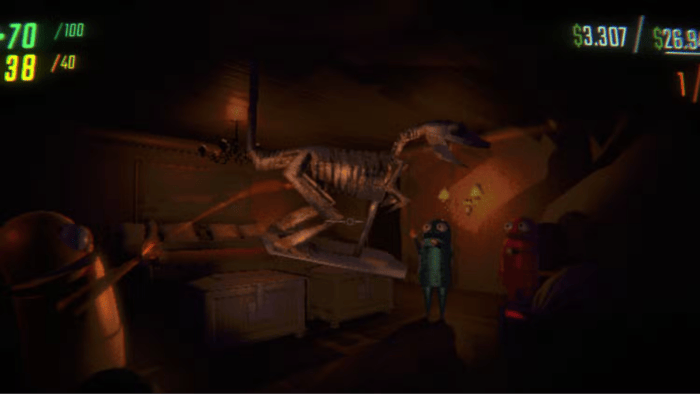
From subtle creaks to monstrous growls, audio is your first warning, your last hope, and sometimes your undoing. Footsteps behind a door. A beep from your equipment. A distorted whisper over comms.
Everything you hear in the game carries meaning. And with voice chat playing such a big role in coordination and panic the soundscape is both mechanical and emotional.
How to Play R.E.P.O Game on Steam
R.E.P.O. is currently available on Steam. You can find it by searching “r.e.p.o. game Steam” or via this official Steam page. It supports 2–6 players, full voice chat, and regular content updates.

As of June 2025, the game received its first major patch: the Museum Update, adding a new map, enemies, weapons, UI improvements, and a deeper lore system tied to moon phases and asset tiers. More updates are expected throughout 2025, with the dev team in close contact with the community via Discord and Steam forums.
Final Thoughts: The New Indie Reality
R.E.P.O. didn’t chase trends or copy surface-level mechanics. It succeeded because the devs understood how players crave originality over polish. This is a case study in how atmosphere, teamwork, and identity can beat budget.
That’s the real secret: R.E.P.O. was built for players, not algorithms, not marketing-trends.
Want more indie game insights like this? Follow GIANTY for dev breakdowns, market trends, and behind-the-scenes looks at what’s driving the next wave of game design.





